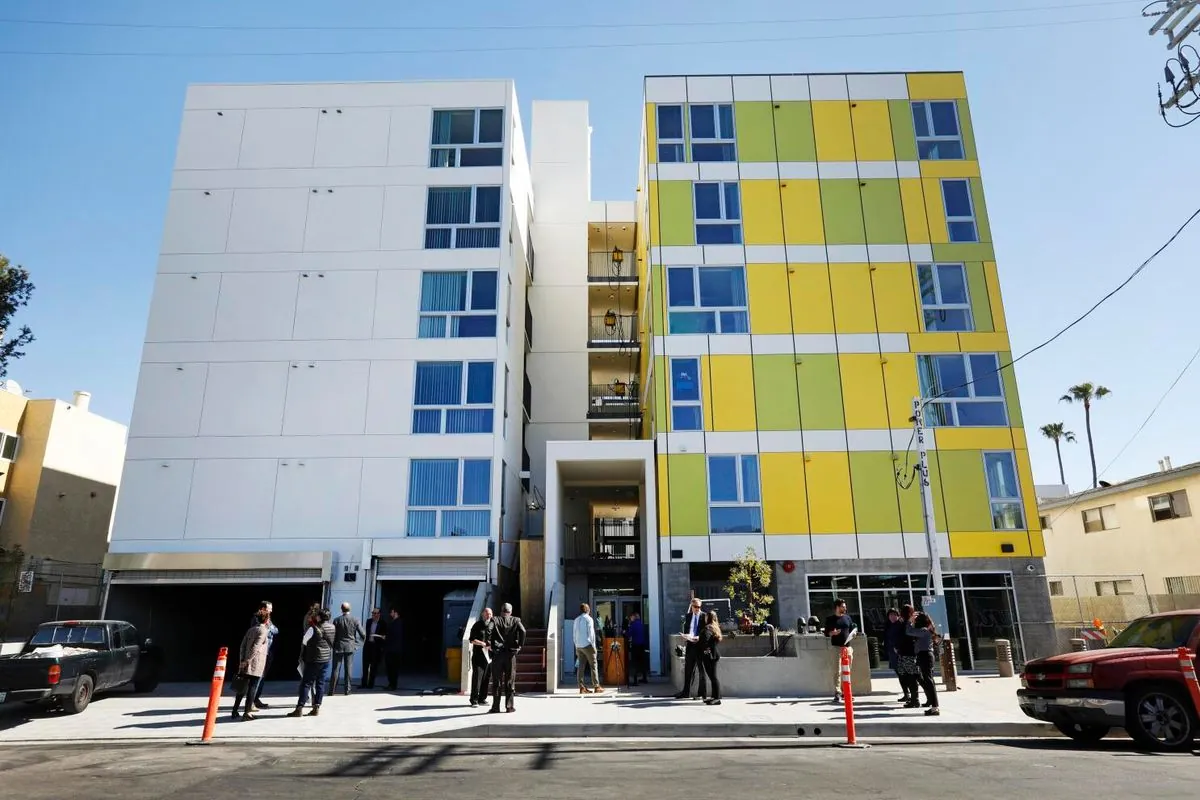In Los Angeles' Chinatown, Marina Maalouf faces an uncertain future as her affordable apartment transitions to market-rate pricing. This scenario is playing out across the United States, with up to 223,000 affordable housing units at risk of losing their low-cost status in the next five years.
The Low-Income Housing Tax Credit (LIHTC) program, established in 1986, has been the cornerstone of affordable housing development in the U.S. for nearly four decades. It has produced 3.6 million units, accounting for over half of all federally supported low-income housing nationwide. The program's success lies in its bipartisan appeal, combining social benefits with tax incentives and private ownership.
However, the LIHTC program's 30-year affordability requirement is now expiring for many properties built in the 1990s. This expiration threatens to exacerbate the ongoing housing crisis, with low-income tenants facing potential eviction, significant rent increases, or displacement into an increasingly expensive housing market.
Some states are taking proactive measures to address this issue. California, for instance, extended LIHTC contracts to 55 years in 1996 and implemented a system prioritizing the preservation of expiring developments. Colorado recently passed legislation giving local governments the right of first refusal on expiring properties, aiming to preserve 4,400 units set to lose affordability protections in the next six years.
Despite these efforts, challenges persist. Local governments and nonprofits often struggle to secure funding to purchase expiring LIHTC properties. Additionally, the lack of comprehensive data on expiration dates hinders policymakers' ability to prepare adequately.
The impact on tenants like Maalouf is profound. Her rent jumped from $1,100 to $2,660 in 2021, pushing her into a protracted eviction battle. As an organizer with the LA Tenants' Union, Maalouf now fights not only for her home but for others in similar situations.
"We still here. We still here."
The LIHTC program's complexity extends beyond its expiration issues. It has been criticized for high transaction costs and not effectively serving the lowest-income households. However, studies have shown positive effects of LIHTC developments on surrounding property values and crime rates.
As the affordable housing crisis deepens, the preservation of existing units becomes crucial. The median income of LIHTC residents was just $18,600 in 2021, highlighting the vulnerability of this population. Without significant intervention, the cycle of displacement and increasing housing need may continue unabated.
While some progress is being made, such as Los Angeles offering $15 million to keep Maalouf's building affordable through 2034, these solutions often come with caveats. In Maalouf's case, the deal wouldn't resolve ongoing eviction cases or accumulated back rent.
As the LIHTC program reaches a critical juncture, policymakers, housing advocates, and tenants alike are grappling with the challenge of preserving affordable housing in an increasingly unaffordable market. The coming years will be crucial in determining whether the program's legacy of providing affordable homes can be maintained and expanded to meet the growing need.
